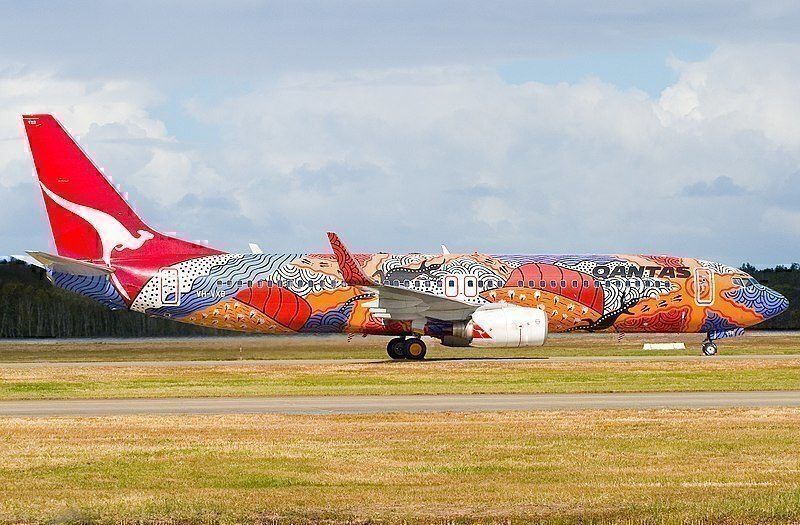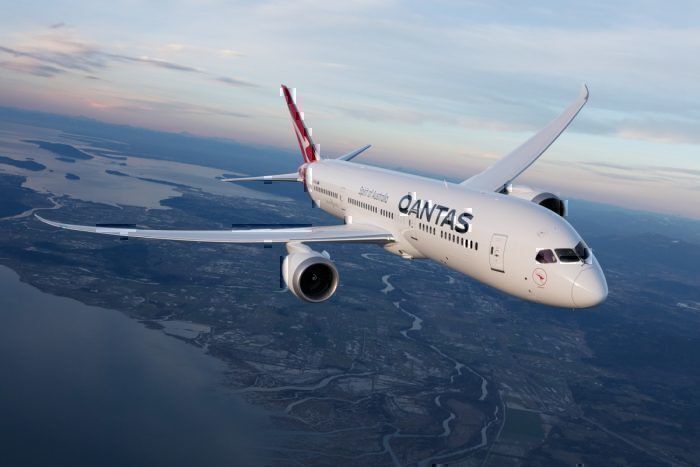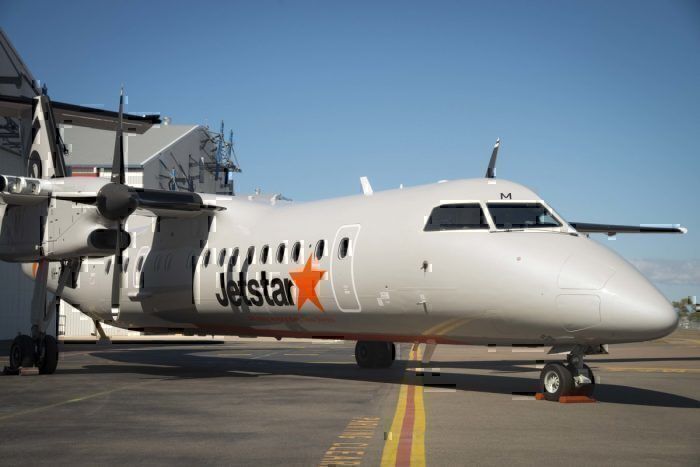Qantas released its 2018/19 financial year results yesterday, revealing that the flying kangaroo enjoyed a bumper year. While this year’s underlying result was 17% lower than the 2017/18 financial year result, Qantas still posted recorded revenue levels this year. Qantas yesterday declared an AUD$1.3bn profit before tax for the year ending June 30, 2019.
The airline’s statutory profit before tax was AUD$1.27bn, down slightly on the previous financial year.
Crunching the numbers
Amongst a flurry of information released yesterday, some interesting financial data emerged.
Net debt stands at AUD$4.7bn - below the target range. Operating cash flow for 2018/19 was AUD$2.81bn and expenditure was AUD$1.6bn (taking into account revenues received for the Melbourne domestic terminal lease and the sale of Qantas catering). Net free cash flow was AUD$1.24 billion.
Fuel costs for the 2018/19 year were AUD$3.85bn - an AUD$614m increase on the previous year. New aircraft and an improved flight planning system led to a 2.2% improvement in fuel efficiencies.
A weakening AUD and the subsequent foreign exchange impacts lead to a further AUD$154m in non-fuel costs.
Qantas CEO Alan Joyce was upbeat about the results given the market conditions. In a statement provided to Simple Flying, Mr. Joyce said;
“This result shows the strength of our individual businesses but also the strength of our portfolio as a whole. Even with headwinds like fuel costs and foreign exchange, we remain one of the best-performing airline groups in the world."
Breaking it down
Like most airlines, the Qantas brand covers a spectrum of business units. Included under the umbrella of “Qantas” are Qantas Domestic, Qantas International, Jetstar, Qantas Freight, and Qantas Loyalty business units.
Each business unit was profitable. The proverbial Achilles heel of Qantas, Qantas International, has been consistently profitable since Alan Joyce’s transformation program and has just delivered underlying earnings before interest and tax of AUD$285 million. High fuel prices impacted but fares caught up and markets such as Singapore and Japan performed well for mainline Qantas International services.
Singapore based Jetstar Asia faced challenges with Singapore’s airport charges and taxes. Jetstar New Zealand lost money and is being “monitored closely.” It might be worth keeping a weather eye on the future of Jetstar New Zealand.
Qantas Domestic provided the airline with underlying earnings before interest and taxes of AUD$1.03 billion. Qantas is a clear market leader in its home domestic market. The corporate and small business market held up although BITRE is reporting that growth in premium class fares is at record low levels. Resources flying is also on the uptick after a lean couple of years
Jetstar grew its revenue by 3% and its revenue per passenger by 12%. Its weakness in New Zealand and challenges in Singapore have been offset by strong performance in Bali and Japan. The low-cost carrier is opening up an interesting new route later this year; Gold Coast - Incheon.
Qantas Freight continues to provide earnings and it has just secured another seven-year contract with Australia Post. Qantas has also announced new freighter orders.
One of the star business units of Qantas is Qantas Loyalty. Its underlying earnings before interest and tax were up 8% on the previous year at AUD$374 million. Membership grew by 5%. It is the most popular frequent flyer scheme in Australia with over 12.7 million members. It has recently been overhauled.
Looking ahead
CEO Alan Joyce has succinctly outlined what he sees as the short term challenges for Qantas;
"Looking ahead, the overall market remains mixed. Domestically, we’re seeing weakness in the price-sensitive leisure market but premium leisure demand is steady.
Overall demand from our corporate customers is flat, with continued strength in the resources sector offsetting weaker demand from other industries, like financial services and telecommunications. In competitive terms, we’re growing our overall share of the corporate and SME sectors.
Internationally, the outlook remains positive for premium international travel demand, helped by a reduction in broader market capacity.
Our anticipated flat Group domestic capacity for the first half of FY20 reflects the mixed environment, and we’ll continue to monitor our settings against demand and our strategic position.”
Overall
Qantas is right to be pleased about these results. There are myriad external threats facing airlines in 2019 - trade disputes, closed airspace, Hong Kong, currency fluctuations, oil prices, and economic uncertainty - all of which can dramatically impact the financial performance of any airline.
Qantas has weathered these challenges reasonably adroitly. Mr. Joyce, his executives, and their many shareholders are right to be pleased.




